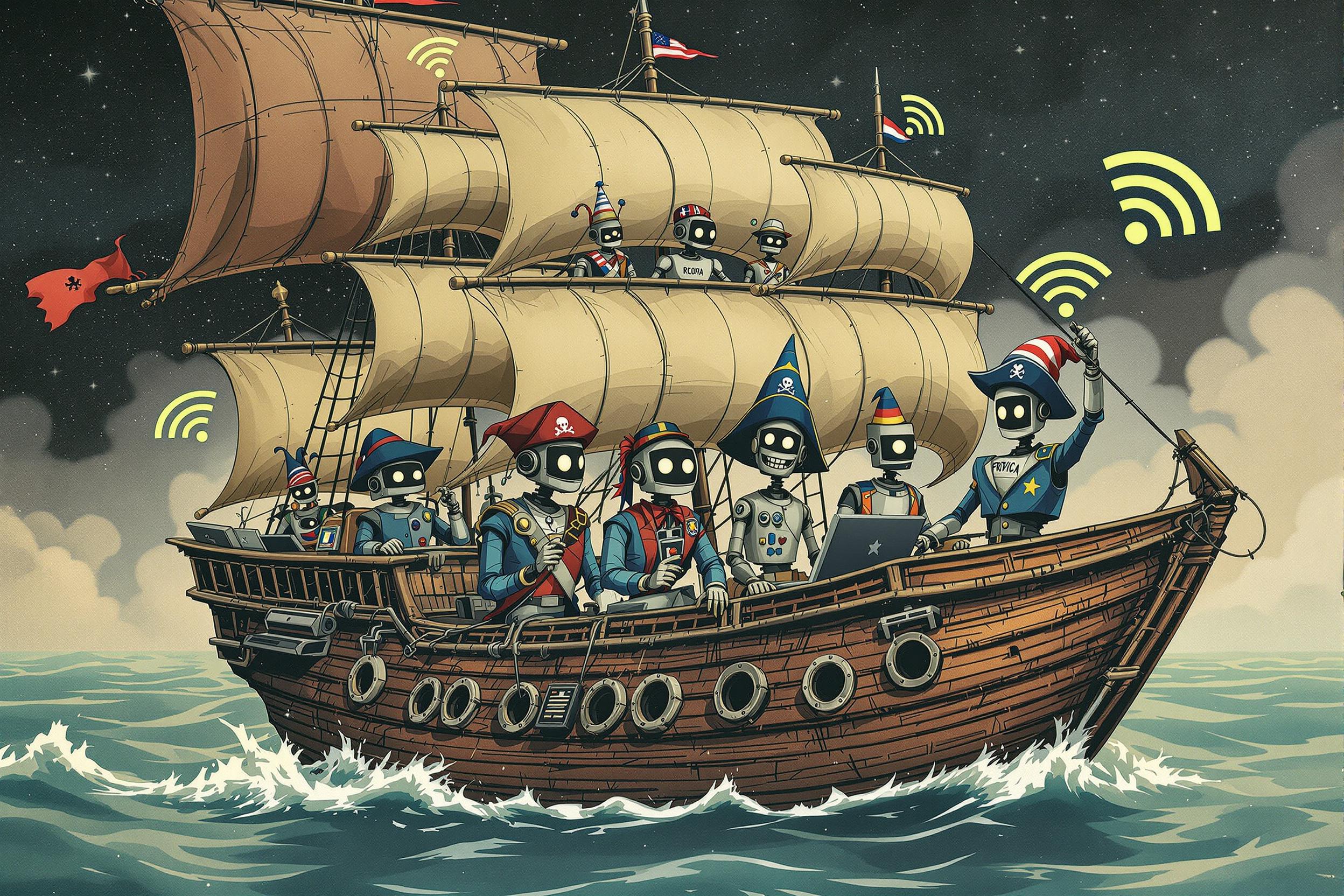
Pilotage
Pilotage refers to the specialized skill of guiding ships safely through challenging waterways like harbors, rivers, and coastal areas. It's similar to having a local expert driver who knows all the tricky spots in a particular area. Marine Pilots are highly experienced ship captains who board vessels to guide them safely into and out of ports. They need to know everything about local water depths, currents, tides, and navigation rules. This is a critical safety role in maritime operations, required by law in most ports worldwide.
Examples in Resumes
Performed Pilotage duties for over 200 vessels in Boston Harbor
Certified in Harbor Pilotage for vessels up to 100,000 tons
Conducted safe Maritime Pilotage operations in challenging weather conditions
Typical job title: "Marine Pilots"
Also try searching for:
Where to Find Marine Pilots
Professional Organizations
Online Communities
Job Resources
Example Interview Questions
Senior Level Questions
Q: How do you handle emergency situations during pilotage in severe weather?
Expected Answer: A senior pilot should discuss risk assessment, emergency protocols, coordination with tugs and port control, and specific examples of handling challenging situations safely.
Q: What factors do you consider when planning a large vessel's port approach?
Expected Answer: Should explain considering weather conditions, tide timing, vessel characteristics, port traffic, and coordination with tugboats and port services.
Mid Level Questions
Q: How do you maintain effective communication with the bridge team?
Expected Answer: Should discuss clear communication protocols, bridge resource management, language considerations, and importance of clear pilot-master information exchange.
Q: What local knowledge is essential for piloting in your area?
Expected Answer: Should demonstrate knowledge of local waterways, currents, tide patterns, navigation hazards, and port procedures specific to their region.
Junior Level Questions
Q: What are the basic steps in boarding a vessel as a pilot?
Expected Answer: Should explain safety procedures for pilot transfer, required equipment checks, and initial communication with ship's crew.
Q: What information do you need before piloting a vessel?
Expected Answer: Should mention vessel dimensions, draft, cargo type, maneuvering characteristics, and weather conditions.
Experience Level Indicators
Junior (0-2 years)
- Basic ship handling
- Understanding of local waterways
- Radio communication
- Weather interpretation
Mid (2-5 years)
- Advanced vessel maneuvering
- Emergency situation management
- Tug boat coordination
- Night navigation operations
Senior (5+ years)
- Handling all vessel types and sizes
- Complex port operations
- Training and mentoring
- Port development consultation
Red Flags to Watch For
- Lack of required marine licenses and certifications
- Limited knowledge of local waterways
- Poor communication skills
- Insufficient emergency handling experience
Related Terms
Need more hiring wisdom? Check these out...

From Passive to Active: Nurturing Candidates Over the Long Haul

Navigating Compliance: Structuring On-the-Job Training in Regulated Industries

Who’s Really Running Your Interviews? How to Reduce Bias in Remote Hiring

